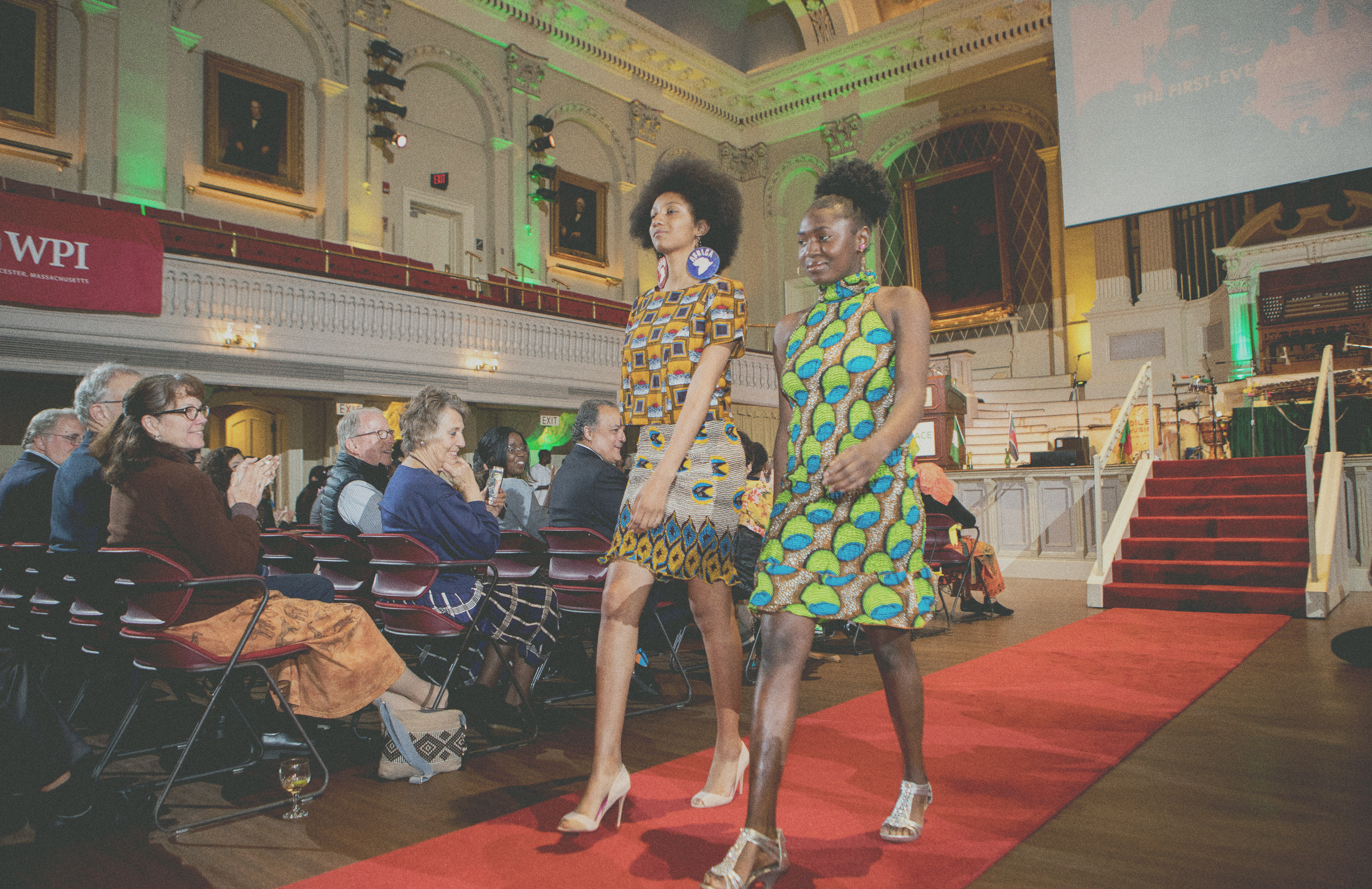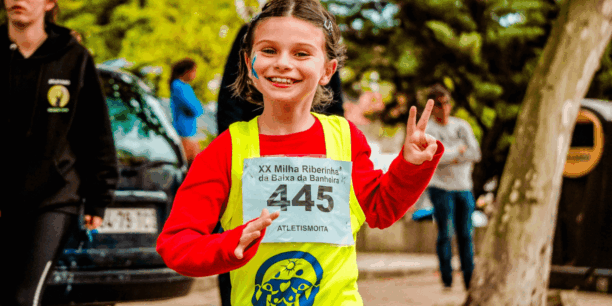Unlocking Insights for Your Nonprofit: How to Craft Effective Post-Event Survey Questions

After your event concludes and everyone heads home, it may look like your event is over. However, effective event planning includes post-event follow-up. This is a critical next step, as our Event Attendee Insights report found that 91% of event attendees are likely to take further action with a nonprofit after a positive event experience.
Post-event survey questions help nonprofits gather valuable insights and feedback from event attendees. This data then helps nonprofit event planners improve future events and enhance the overall attendee experience.
Below, we’ll cover why post-event surveys are crucial for nonprofits, how to craft survey questions for high response rates, and what actions to take once you’ve gathered attendee data. We’ll look at how this post-event task helps jump-start future event planning, allowing you to take full advantage of the 51% of event attendees who intend to join future fundraising events your organization holds.
Why Post-Event Surveys Are Important for Nonprofits
Post-event surveys help nonprofits based on the type of fundraising event. For example, webinars can be more challenging to gauge attendee satisfaction than in-person events. However, event planners can employ a post-event survey for virtual fundraising events to gain a better sense of participants’ engagement levels and how to improve their next offering.
You can also use post-event surveys to obtain insight into how well your pre-event marketing strategies performed. By asking event participants how they heard about your event, you can see which outlets are worth future investments.
Overall, post-event surveys are an opportunity to connect with your donors and show that you care about their feedback and experience. These provide a reason to check in with your supporters and let them know that their thoughts will inform improvements to your next events.
Post-Event Surveys vs. Feedback Forms: What’s the difference for nonprofits?
Nonprofits may also leverage feedback forms to collect supporter insights. You would use these for gathering feedback on supporters’ overall satisfaction with your organization. In short, feedback forms help you understand how the public views your organization and what they like and don’t like to see.
Post-event surveys, on the other hand, focus on the success of a particular event you host: how well it ran, whether people would come again, and how people heard about it. These surveys also shed light on your operations, whereas feedback forms provide deeper insights into your nonprofit brand as a whole. Both surveys are crucial—when you send them and how you use them varies.
How to Create Effective Post-Event Survey Questions for Nonprofits
To create effective post-event survey questions, be clear, specific, and relevant to the event. Ask about different aspects of the event, especially if you tried something new this year. For example, if a respondent gives part of your event a low rating, include follow-up questions or a text box for them to elaborate on what didn’t work for them so that you can take this valuable feedback into consideration when planning upcoming events.
Using varying question types can increase participation and engagement with your survey and help you obtain different insights. So as you select your questions, ensure you cover the entire event experience: before, during, and after. Once you create a questionnaire for one event, you’ll have a template for future events.
You can also provide the option for respondents to identify themselves or remain anonymous. If survey participants choose to remain anonymous, include a few questions to gather valuable insight into different attendee cohorts they belong in, such as:
- Age, gender, and other demographics
- Donation history or capacity
- Event first-timer or returning participant
- Peer-to-peer fundraiser for your event
Having this data can help you spot event trends by group and make any needed adjustments to improve their experiences in the future.
Top Examples of Post-Event Survey Questions for Nonprofits
When designing an event feedback survey, there are different types of questions you can include. The question types below are best practices for designing survey templates.
1. Open-ended Questions
Open-ended questions allow survey participants to answer in their own words via a free-form text box. They’re not limited to a set of options.
Collecting qualitative data like this can help your nonprofit gain insights you may not have considered when designing your survey because these questions help gather constructive feedback. You can also use them to ask for testimonials or stories to use in future marketing materials.
Some example questions include:
- What’s one of your favorite memories from the event?
- How would you describe your experience to a friend?
- Is there anything else you’d like to share with us about your event experience?
2. Yes/No Questions
Yes/no questions only offer participants two response options: yes or no. These questions can help quickly identify issues and connect you with respondents looking for additional ways to get involved.
You can trigger follow-up questions for this question type based on attendees’ responses, such as asking for their contact information or additional details about a challenge they encountered.
Some example questions include:
- Did you experience any difficulties registering for the event?
- Was the event venue easy to navigate?
- Are you interested in volunteering at a future event?
3. Multiple-Choice Questions
Multiple-choice questions let respondents select one or more options from a list of choices. They can help attendees recall the event and let you see which components of your event resonated most with supporters.
Some example questions include:
- What were your favorite parts of the event? Check all that apply.
- Keynote speaker
- Networking opportunities
- Presenters during breakout sessions
- Catered food and beverages
- Entertainment
- How did you hear about our event? Check all that apply.
- Social media
- Website
- Friend
- Other event marketing
4. Rating Scale
Rating scale questions ask respondents to assign a rating between two extremes to show how much they agree or disagree with a specific topic. These can help your nonprofit determine how various subjects resonate with your audience to identify any needed adjustments.
Some example questions include:
- How well did our ticket pricing match the benefits and experience you received at the event? (1 means you feel the event was overpriced and you didn’t receive the expected benefits/10 means you feel the event provided excellent value)
- How would you rate our virtual event’s audio and video quality? (1 is very poor quality/10 is very high quality)
5. Net Promoter Score
Net promoter score (NPS) is what you get from asking event attendees to use a rating scale from 0 to 10 (where 10 is very likely) to answer one question: How likely are you to recommend our event to your friends, family, or colleagues?
Once you’ve received all responses, take the percentage of attendees considered promoters (those who selected 9 or 10) and subtract the percentage considered detractors (those who selected 0 to 6) to get your NPS.
Compiling an NPS for your event provides a high-level look at overall attendee satisfaction:
- If it’s high, your event is worth repeating
- If it’s a mid-level score, it’s worth diving into the details to improve your next event
- If it’s low, you may want to consider trying a different event type in the future
How to Encourage High Response Rates for Post-Event Surveys
Your survey data is only as good as your response rate. Often, sending out a survey link once isn’t enough to drive significant participation from guests. So to ensure you get the most out of your post-event survey, consider these strategies:
- Mention it at your event: Have your emcee tell the crowd to expect a follow-up survey at the end of your event. This is a key time to reach your target audience.
- Express appreciation: Remind donors that you value their feedback as part of the event and afterward. You can also share ways past surveys helped improve your current events.
- Remind people on social media: Reach event attendees who may check their Instagram or Facebook more than their email through reminder posts and stories.
- Incorporate a countdown: Create a sense of urgency by sharing a countdown to when the survey will close on your follow-up emails and social posts.
- Provide incentives: Encourage participation by offering branded swag, free fundraiser tickets to an upcoming event, or entry into a special raffle for any attendee who completes the survey.
Finally, share with respondents how you incorporate their feedback. Seeing the impact their participation had may make them more likely to complete future surveys.
Analyze Post-Event Survey Responses for Actionable Insights
Remember, don’t just run a survey—use it. Set aside time with your event organizers to review post-event feedback for key takeaways. As you analyze your survey data, look for:
- Recurring trends in responses: Look for areas where event attendees tend to agree. For example, if survey respondents consistently say they struggled to use your virtual platform, it may be time to research new event software for nonprofits. However, if everyone loved your band, book them for next year.
- Creative ideas: Scan open-ended questions for new ideas for future events from attendees. This offers an opportunity to ask specific respondents to see if they’d volunteer next year to help implement their idea.
- Lows, highs, and just fines: Remember that you can eliminate or otherwise revamp event elements with the lowest scores. Those with high scores are ones to keep around for next year. Event aspects that participants report as being “just fine” are opportunities for making small changes that can have big impacts.
- Differences between cohorts: Consider differences in the experiences of event attendees by age, whether they had a peer-to-peer fundraising campaign, and other factors. This can help your team target specific stakeholders where needed to improve satisfaction.
After you’ve analyzed your quantitative and qualitative data, plan to leave your team meeting with at least one high point that you’ll repeat and one action item for improvement for each event planning stage: before, during, and after.
Use Post-Event Surveys to Improve Nonprofit Events and Programs
Successful events start with collecting valuable feedback from past attendees. A post-event survey paired with quantitative data from your event app or event management platform can lead to powerful insights that lend additional depth to your survey analysis.
Classy Live offers in-platform reporting for quick access to event health metrics and insights for creating personalized engagement strategies for participants. Invite attendees to participate in your in-person, virtual, and hybrid event experiences hosted through Classy’s event fundraising software. Plus, enjoy the benefits that Classy Live’s raffles and auctions with mobile bidding are sure to bring.
We want to engage folks with as many ways to support us as possible. Classy Live lets you do that in ways our donors respond to. We held a raffle and sold a variety of fixed-priced items with a simple self-check-out process.
Innovative event technology, reliable data, and insightful attendee feedback from your post-event survey can help you better understand your event’s success and continually refine your strategy so your organization can raise more to do more.

Classy Live Helps ACE’s 15th-Annual Hybrid Gala Grow by ~200% YoY


